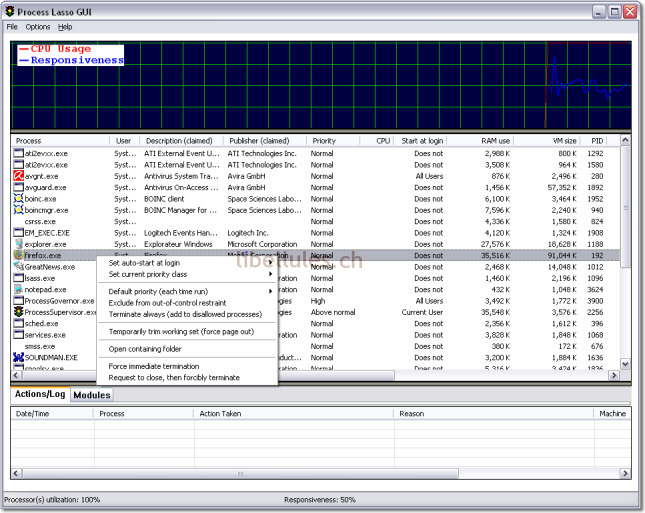

Two of the limiting factors in most computing models are either compute or memory latency, and SMT is designed to interleave sets of instructions to optimize compute throughput while hiding memory latency.Īn old slide from Intel, which has its own marketing term for SMT: Hyper-Threading Simultaneous Multi-Threading, or SMT, enables a processor to run two concurrent streams of instructions on the same processor core, sharing resources and optimizing potential downtime on one set of instructions by having a secondary set to come in and take advantage of the underutilization.
#DISABLE SMT PROCESS LASSO SERIAL#
We often consider each CPU core as being able to process one stream of serial instructions for whatever program is being run. What is Simultaneous Multi-Threading (SMT)? In this review, we take a look at AMD’s latest Zen 3 architecture to observe the benefits of SMT. The reasons for this performance increase rely on two competing factors: first, why is the core designed to be so underutilized by one thread, or second, the construction of an efficient SMT strategy in order to increase performance. By running with this mode enabled, as is default in most situations, users saw significant performance rises in situations that could take advantage. One of the stories around AMD’s initial generations of Zen processors was the effect of Simultaneous Multi-Threading (SMT) on performance.


 0 kommentar(er)
0 kommentar(er)
